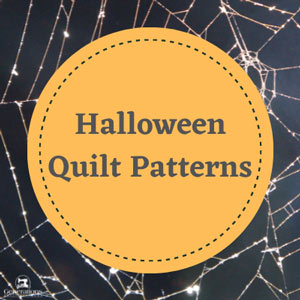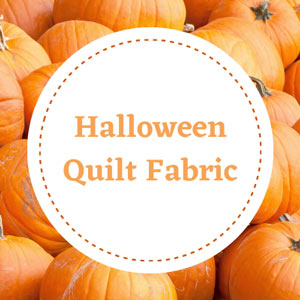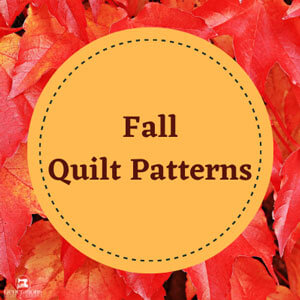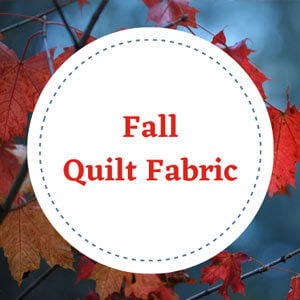This post contains affiliate links for which I receive compensation
Using a walking foot with a Janome Magnolia 7330
by Fran
(Plainview, NY)
Fran asks...
How can I get the bottom stitching to come out even?I am using a walking foot and cotton thread...the top stitches look great but the bottom stitches look a little distorted. I have played with the tension and can't seem to find a setting to make the stitches even on the underneath.
Julie replies...
While I'm 80% certain this is a tension issue, let's rule out a couple of things first...I recommend installing a new needle for two reasons:
- To re-thread the sewing machine. I just taught a class over the weekend, and missing just one thread guide can make a huge difference in your stitch quality. Each guide adds a bit of tension to the thread. Miss one, and your needle tension is actually different (less) than what you've set your machine for.
- To replace a damaged needle...something as small a nick in the tip can distort your stitches.
Needles are a cheap fix for many sewing machine problems, so I like to rule that out first.
Double check that your walking foot is properly installed. The video below shows the installation, in particular, the arm of the foot must be on top of the needle screw for the foot to work properly.
If the foot isn't installed properly, the sandwich won't advance correctly, and that definitely would mess up your stitches.
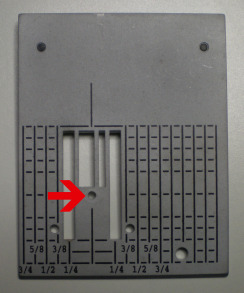
If you're machine has one, install a straight stitch throat plate (shown to the right). It has a small circular opening for the needle.
Most machines come with a zigzag throatplate—that's the one with the oval—because it accommodates both straight and zig zag stitching.
Personally, I think my stitch quality is better with the straight stitch throatplate. The quilt sandwich is less apt to be 'pushed' through the hole with the smaller opening.
If you use this throat plate, you must use the centered needle position to avoid breaking your needle.
Balanced Tension
From your description, I think the needle tension is probably a bit too loose. I'd make pretty small adjustments, like increasing the tension by a 1/4 number instead of a 1/2 or whole number on the tension dial, and test in between. If the needle thread was 'way' loose, you'd be seeing loops on the back and you don't indicate that.I really think it's the size of the tension adjustment that will make the difference for you.
Let me know if this helps!
Readers...suggestions? Especially if you're a Janome Magnolia user, use the 'comment' link below to share your experience. Thank you!
Piecefully,
Julie Baird
Editor
PS One final thought, double check your sewing machine manual and even feed foot instructions to see if you need to make an adjustment to the pressure setting for this presser foot. My machine requires a reduction in the pressure setting for quilting with a walking foot.
Comments for Using a walking foot with a Janome Magnolia 7330
|
||
|
||
|
||
|
||





